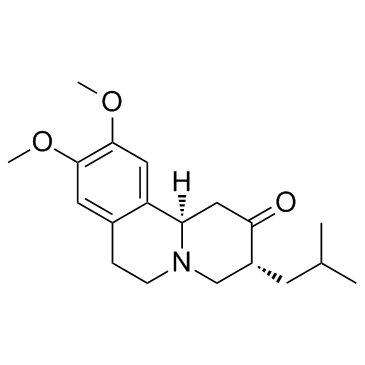[Medical aspects of the medical treatment in dystonia].
David Grabli, Marie Vidailhet
Index: Bull. Acad. Natl. Med. 195(4-5) , 935-50, (2011)
Full Text: HTML
Abstract
Dystonias encompass a wide range of movement disorders characterized mainly by abnormal postures or movements. Because of this semiological and etiological heterogeneity, robust clinical trials are rare. Specific etiological treatments are available for only a few forms (e.g. Wilson's disease and dopa-responsive dystonia), which places the emphasis on symptomatic treatment. This is based on the combinations of three complementary approaches: drug therapy (anticholinergics, tetrabenazine and benzodiazepines are first-line drugs, but many others have been tested in small clinical trials), botulinium toxin injections in case of focal dystonia or focal targets in patients with more widespread dystonia, and physiotherapy. This review provides a short overview of available treatments and proposes a basic therapeutic strategy for dystonic patients.
Related Compounds
| Structure | Name/CAS No. | Molecular Formula | Articles |
|---|---|---|---|
 |
Tetrabenazine
CAS:58-46-8 |
C19H27NO3 |
|
The VMAT-2 inhibitor tetrabenazine alters effort-related dec...
2015-04-01 [Psychopharmacol. Ser. 232(7) , 1313-23, (2015)] |
|
Effect of NMDAR antagonists in the tetrabenazine test for an...
2015-08-01 [Acta Neuropsychiatr. 27 , 228-34, (2015)] |
|
"Mixed" anionic and non-ionic micellar liquid chromatography...
2013-03-15 [J. Chromatogr. A. 1281 , 54-9, (2013)] |
|
Effort-related motivational effects of the VMAT-2 inhibitor ...
2013-12-04 [J. Neurosci. 33(49) , 19120-30, (2013)] |
|
GZ-793A, a lobelane analog, interacts with the vesicular mon...
2013-10-01 [J. Neurochem. 127(2) , 177-86, (2013)] |